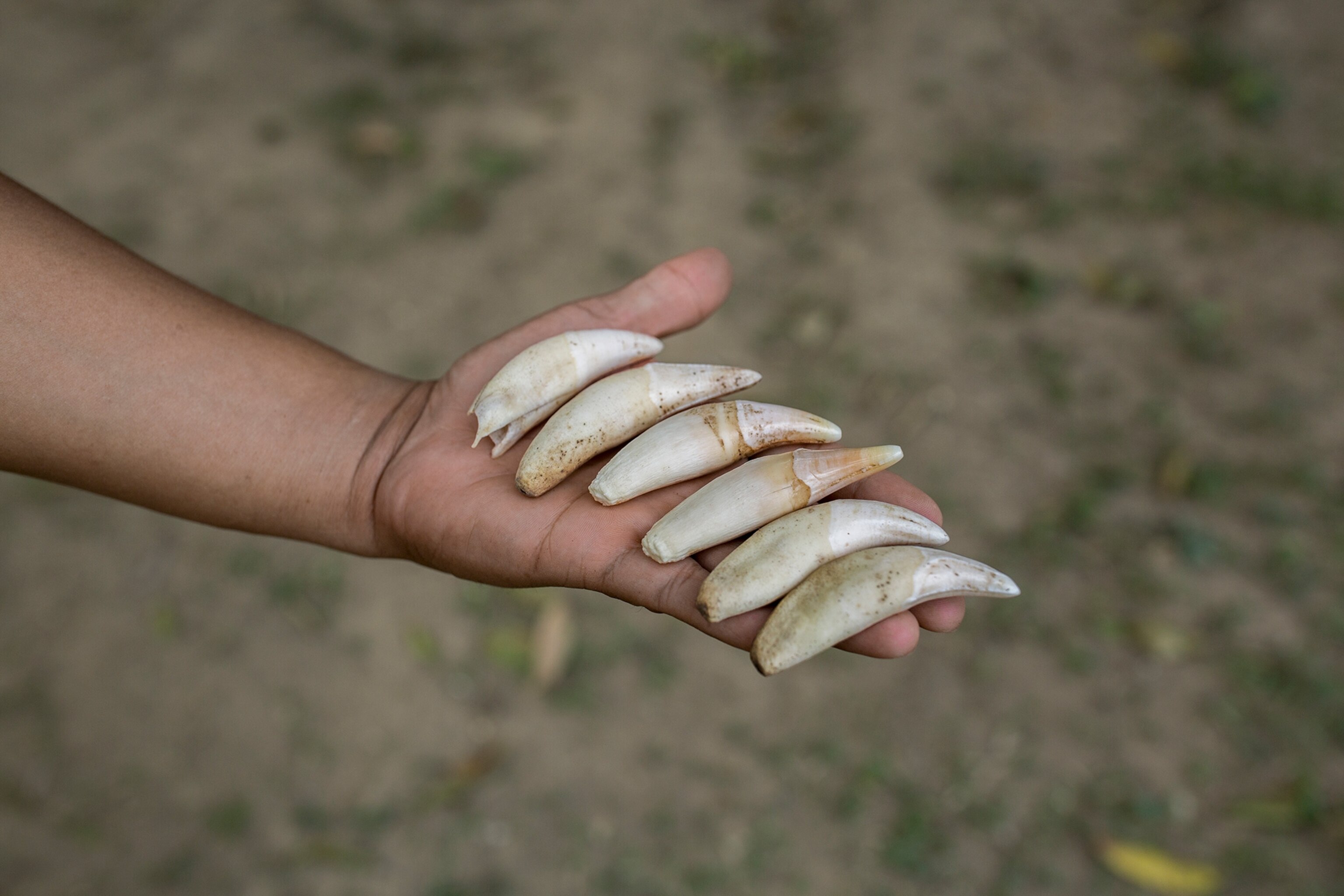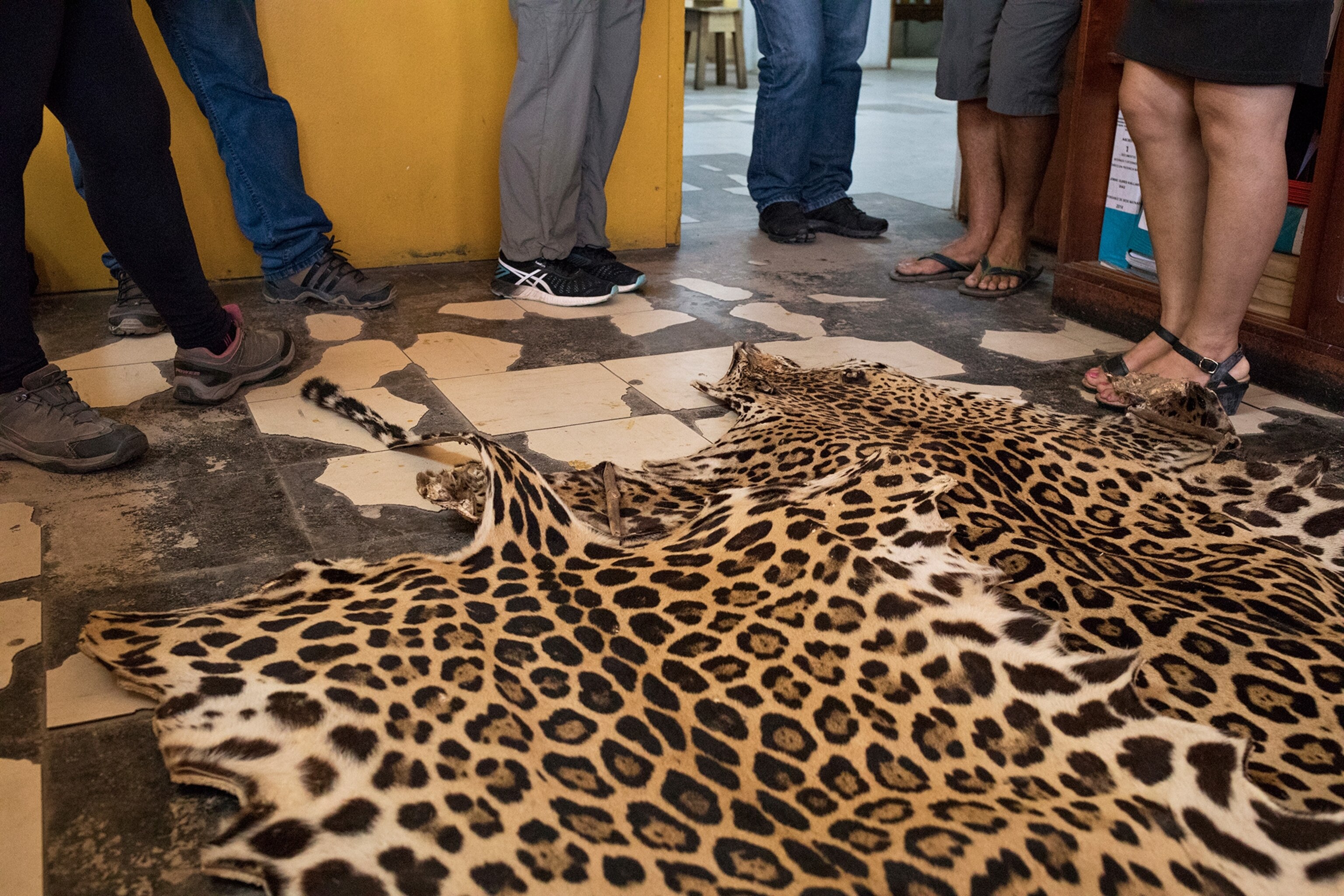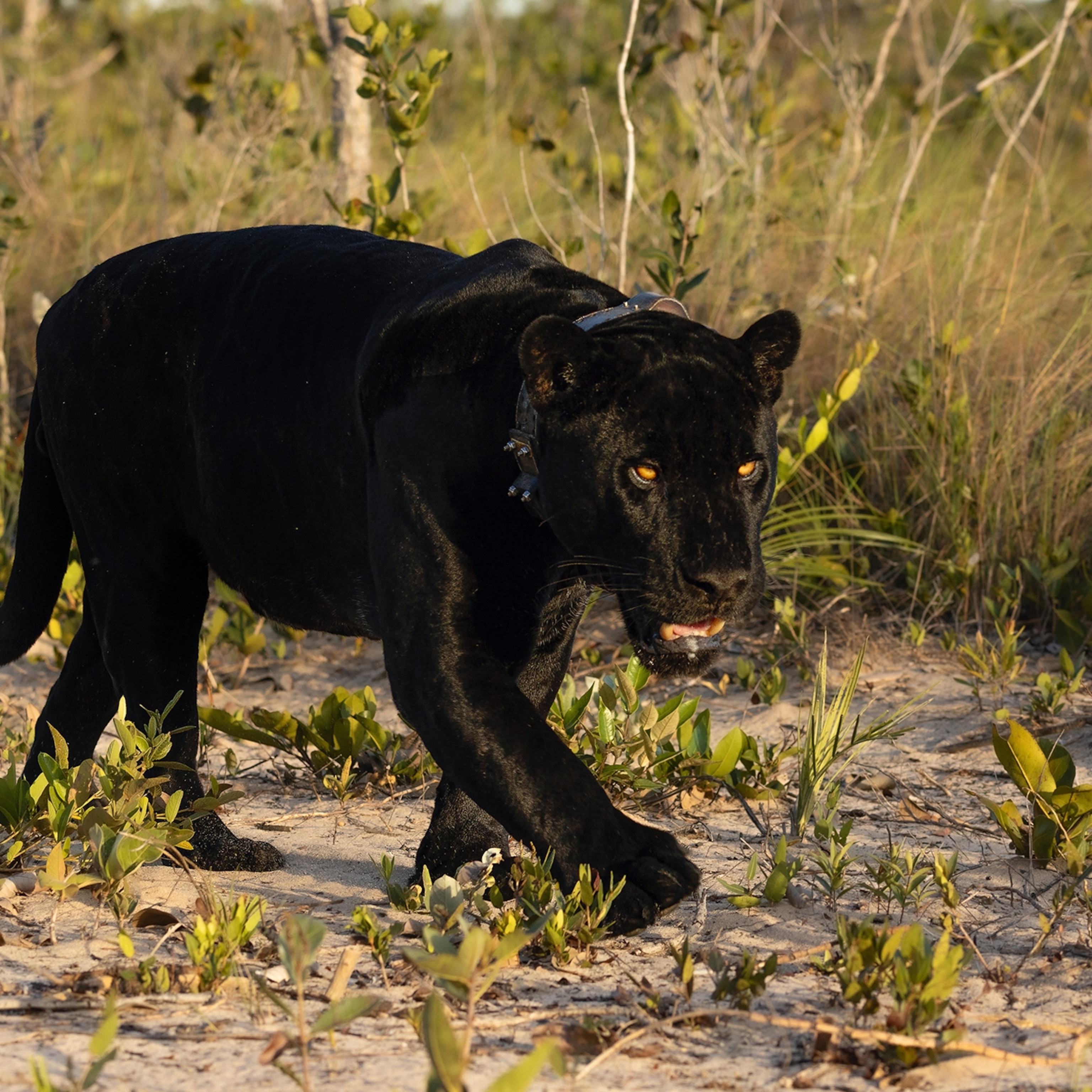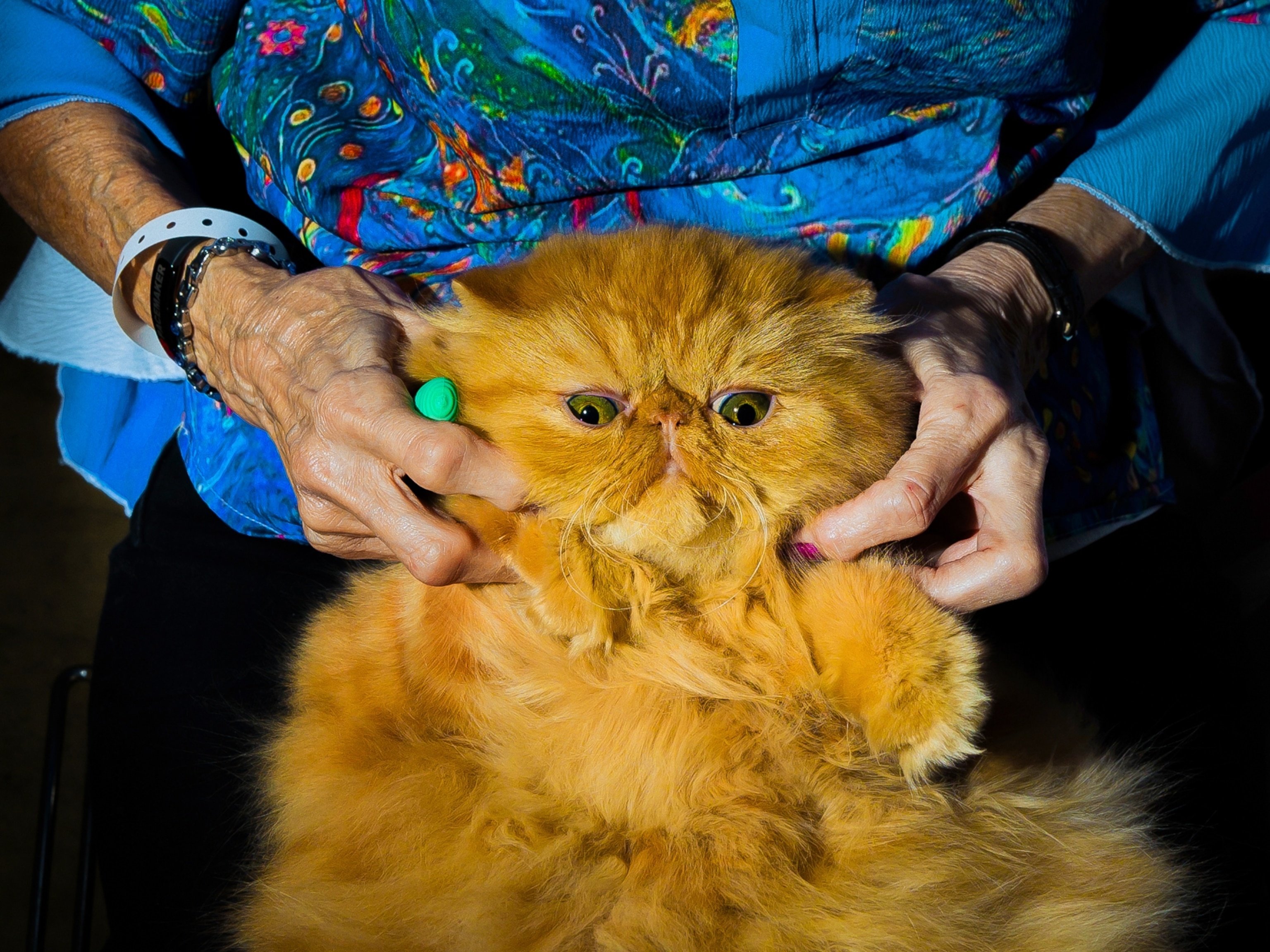
Jaguar trafficking linked to Chinese investment in South America
New research teases out what’s driving the illegal trade in jaguar parts.
The illegal trade in jaguars is growing, and it’s likely linked to increased Chinese investment in Central and South America, a new study finds. Jaguars are already classified as near threatened, in part as a result of ranchers shooting them in retaliation for attacking cattle and in larger part from deforestation—they’ve lost 50 percent of their historic habitat. Now the illegal international trade in jaguar parts is putting increasing pressure on their declining populations, which are roughly estimated to total 173,000.
A new paper published June 2 in the journal Conservation Biology finds that from 2012 to early 2018 in Central and South America, more than 800 jaguars were killed for their teeth, skins, and skulls to be smuggled to China. That number represents only the shipments that law enforcement has intercepted and that have been reported in the media.
“We knew [the illegal trade] was happening, but not necessarily that it was growing,” says Thais Morcatty, the study’s lead author and a Ph.D. candidate at Oxford Brookes University, in England. “It really concerns us.”

Morcatty and her colleagues collected and analyzed reports of jaguar, puma, and ocelot smuggling to China to try to understand what’s driving the illegal trade—a relatively recent development. Their findings bear out what conservationists have long theorized: that jaguar smuggling is linked less to Chinese communities that have long been established in Central and South America and more to the recent influx of Chinese workers supporting megaprojects such as new roads and dams. Chinese investment in the region has increased tenfold during the past decade, the paper notes.
“These countries that have stronger ties with China, combined with weak governance, combined with high levels of corruption—it’s almost like a recipe for an increase in illegal wildlife trade,” says Vincent Njiman, a co-author and anthropologist who studies wildlife trade. Their research found that Brazil, Bolivia, and Peru were among the countries that fit that description.
The researchers did a good job testing and teasing out these correlations, says biologist Esteban Payan, the South America Regional Jaguar Program Director for Panthera, an authority on wild cat conservation. “We need to learn anything that we can get our hands on,” he says. “That will give us a basis for policy and management” of jaguars.
Jaguars replacing tigers?
When the rise in jaguar poaching first came to conservationists’ attention around 2010, they became concerned that jaguar parts were gaining popularity in China as a replacement for increasingly scarce tigers.
Tigers have long been commercialized in China, and while there are farms that breed them in captivity for slaughter, wild tigers remain more valuable because they’re seen as rarer and more potent. Tiger bones are used to make tiger bone wine, believed to impart the power of the tiger to the drinker. Their carcasses are used to make a traditional medicinal ointment called tiger bone glue or paste. Skins are used for furniture, clothing, and accessories. And canines are used in jewelry, allowing the wearer to show they have the money and influence to obtain something so rare and taboo.
The new study finds that jaguar teeth are the most commonly seized parts going to China, with records showing nearly 2,000 intercepted by law enforcement between 2012 and early 2018. The paper concludes that jaguars, therefore, aren’t necessarily a substitute for tigers, otherwise there would be a lot more jaguar bones in the trade—a pattern seen with lion skeletons coming out of South Africa, for example.
Payan and Pauline Verheij, a wildlife crime specialist who has studied the jaguar trade, caution against drawing such strong conclusions from seizure data alone, however. “They provide an incomplete picture,” Verheij says.
For example, South and Central American law enforcement agencies “have traditionally focused on firearms and narcotic drugs,” Payan says, so it’s likely that a lot of illegal wildlife products slip through unnoticed, including bone-based products and skins, which could support to the theory that jaguar parts are tiger replacements. “This whole phenomenon is really forcing us to train customs to look seriously at animal parts.”

There is some evidence from other researchers that suggests that jaguar parts are filling the same role as tiger parts, such as the smuggling of jaguar bone paste out of Suriname. And Payan says he’s spoken to multiple customs officers who have stopped Chinese women trying to board international flights with powdered bone disguised as powdered milk.
Still, little is known for sure about what happens to the products once they reach China. “This is something we need to understand more,” Morcatty says. Her research into the trade is ongoing, and she hopes to be able to look at economic data to gain insight into the consumer side of the business.
‘More is coming’
Chinese investment in Latin America is likely to continue to grow, so the paper’s authors say now is the time to protect jaguars before the trade escalates.
“If you know what’s coming, you can take proper measures,” Njiman says. Jaguars “are probably just the starter to the main menu. More is coming.”
He and Morcatty also make clear that the study’s findings implicate only a very small portion of Chinese people, and they see cooperation between the Chinese government and Latin American governments as critical in stopping the illegal trade.
Combating corruption, reducing demand among those in China who do buy jaguar products, and alleviating poverty in communities that live near jaguars will all be important as well, Payan says.
“If we have anything to learn from the history of the tiger decline, it’s that it’s going to be a really hard war,” he says. Illicit trade networks for smuggling drugs are already established in Latin America, he says. “What difference is it filling one more container with bones?”








